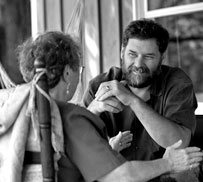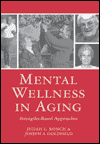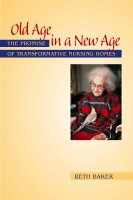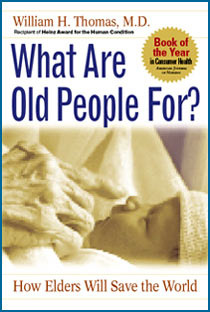![]()
Search
Recent Posts
- ChangingAging.org Redesign -- Please Bookmark!
- Disaster in Buffalo
- Power Up Friday
- Blanchard WinsDays
- Kevin Frick writes...
- Monkhouse Monday
- Getting Closer!
- Blanchard WinsDays
- Power Up Friday
- My Pick for Health and Human Services
- Understanding Health Care Reform
- Facts Are Stubborn Things: Social Security Edition
- Monkhouse Monday
- Localism is Coming
- Krugman Can't Wait...
Recent Comments
- Jen Holz on
Power Up Friday: Thinkin' 'bout home edition - Dorothea Johnson on
Power Up Friday: Thinkin' 'bout home edition
Category Archives
- AGING 100
- Aging
- Culture
- Dementia
- Eden Alternative
- Erickson School
- Green House
- Health Policy
- Longevity
- Media
- Rockets
Monthly Archives
- February 2009
- January 2009
- December 2008
- November 2008
- October 2008
- September 2008
- August 2008
- July 2008
- June 2008
- May 2008
- April 2008
- March 2008
- February 2008
- January 2008
- December 2007
- November 2007
- October 2007
- September 2007
- August 2007
 Subscribe to this blog's feed
Subscribe to this blog's feed
Announcements

Blog Data
« We Are Too Poor To Afford Childhood and Old Age | Main | GAO Head David Walker is Out »
February 15, 2008 |Permalink |Comments (2)
Power Up Friday: Thinkin' 'bout home edition
Dr. Al Power writes...
A new study has been published in the Journal of the American Geriatrics Society, and like many studies, it raises some important issues, but does not address some larger concerns. A group of people living in nursing homes (or their proxies) were interviewed regarding whether they could transition back to community living. Fewer than 1 in 4 elders or their proxies felt this was feasible, although nearly half stated a preference to do so. After discussing possibilities for community support, the number who thought they could make such a move increased to 1 in 3. The study concluded that transitioning back to the community is a complex decision and that a systematic approach was needed to help people address this issue. Some questions raised in my mind:More residents felt they could move back home than their proxies. How much of this is due to the resident being unrealistic, and how much due to families not understanding their elders' wishes?
How many of the elders felt they could not go back home because the institutional system has convinced them that they are helpless and unable to do more for themselves, or make more choices?
The MDS (a quarterly survey which is used to assess people in nursing homes) did not identify all of the people who wanted to move back home. How much more information is missed by our standardized assessments?
The larger question which was not addressed was: What if there were another option: a small non-institutional home for 8-10 elders, with skilled care provided by constant, enlightened universal workers, and visiting doctors and nurses? How many would want to leave then?
The citation is Nishita CM et al., JAGS 2008;56(1):1-7.
Comments ( 2)
Last week I was helping a nursing home resident get in her bed for an afternoon nap. After I tucked her in, I asked, "Is there anything else I can do for you before I go?" She smiled and said, "yes, give me a million dollars!"
Her answer made me stop and think for a second. "What would you do if you had a million dollars?", I asked. It was her turn to get stumped. She thought really long before she said "I'd just go home". So then I commented on the obvious, "you don't need a million dollars to go home...".
A long conversation followed and basically what she told me was that, no, you don't need a million dollars to go home. She knew that going home for her at this point was not an option due to her severe functional limitations as well as her husband's declining condition. She proceeded to give me dozens of additional reasons why going home would be unrealistic.
They all made sense. I thought to myself, well, maybe she actually likes it here with us. Maybe she really doesn't miss home any more. Maybe she has "adjusted"...
As I was closing the door I heard her call out to me.
"Keep your million dollars, you may need it. I will find another way to get home!"
I am completely dumbfounded that I just now came across two facilities by the names of "Cope" and "Aging Solutions."
It is simply tragic that many of our aging services organizations are reinforcing the declinist view that the coming of age is something to be "dealt" with. How very sad and challenging for those of us who are working toward changing this mentality.














